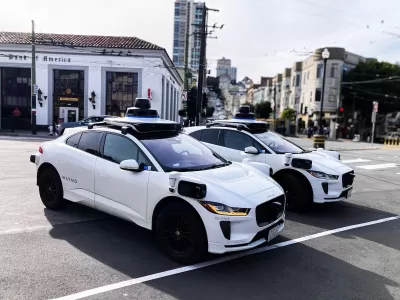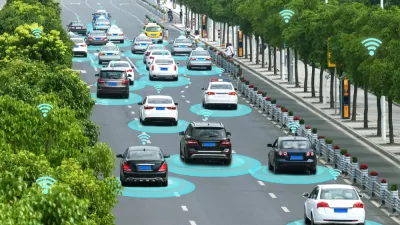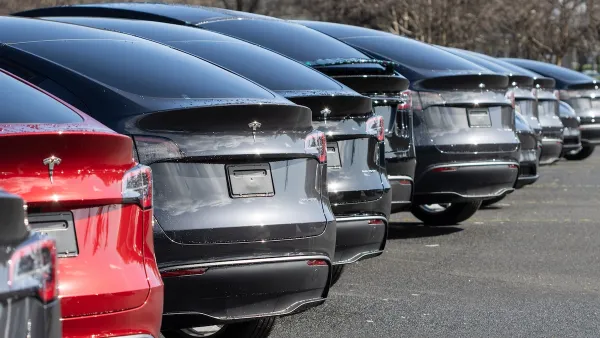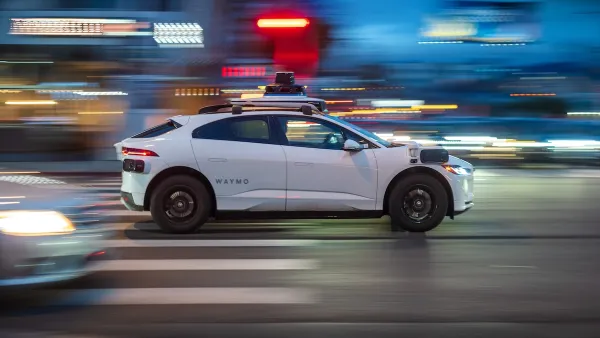Robotaxis can lead to longer, more frequent trips and are projected to increase VMT by as much as 83 percent.

The rise of autonomous cars could have numerous downstream effects, writes Jeral Poskey in an opinion piece in Smart Cities Dive.
Poskey points out several ways that robotaxis could be counterproductive to climate goals. First, robotaxis could induce more travel due to their visible upsides like convenience and the reduced financial burden. In the same vein, autonomous cars could encourage longer commutes, making people less averse to long commutes since they don’t have to drive themselves. Robotaxis also create more empty trips as cars circle around passenger-less, waiting for fares.
All told, with more frequent trips, longer commutes and more empty trips, a University of California-Berkeley study calculated robotaxis could increase total VMT by a whopping 83%, nearly double today’s levels.
An MIT study warned that these factors could lead to more sprawl as people find it easier to live farther from their jobs. “s destinations grow farther apart, more infrastructure, such as roads and parking, is needed. This, in turn, pushes destinations even farther apart, creating a spiral of sprawl that becomes self-perpetuating.”
Poskey advises that planners should think about how to build “better cities, not better cars.” Whether or not cars have human drivers, urban design and planning can guide development that is more sustainable and less car-dependent.
FULL STORY: The unseen environmental costs of autonomous cars

Maui's Vacation Rental Debate Turns Ugly
Verbal attacks, misinformation campaigns and fistfights plague a high-stakes debate to convert thousands of vacation rentals into long-term housing.

Planetizen Federal Action Tracker
A weekly monitor of how Trump’s orders and actions are impacting planners and planning in America.

San Francisco Suspends Traffic Calming Amidst Record Deaths
Citing “a challenging fiscal landscape,” the city will cease the program on the heels of 42 traffic deaths, including 24 pedestrians.

Study: Anti-Homelessness Laws Don’t Work
Research shows that punitive measures that criminalized unhoused people don’t help reduce homelessness.

In U.S., Urban Gondolas Face Uphill Battle
Cities in Latin America and Europe have embraced aerial transitways — AKA gondolas — as sustainable, convenient urban transport, especially in tricky geographies. American cities have yet to catch up.

Detroit Says Problems With Property Tax Assessments are Fixed. Advocates Disagree.
With higher-valued properties under assessed and lower-valued properties over assessed, advocates say there's still a problem with Detroit's property tax system.
Urban Design for Planners 1: Software Tools
This six-course series explores essential urban design concepts using open source software and equips planners with the tools they need to participate fully in the urban design process.
Planning for Universal Design
Learn the tools for implementing Universal Design in planning regulations.
Heyer Gruel & Associates PA
JM Goldson LLC
Custer County Colorado
City of Camden Redevelopment Agency
City of Astoria
Transportation Research & Education Center (TREC) at Portland State University
Jefferson Parish Government
Camden Redevelopment Agency
City of Claremont





























